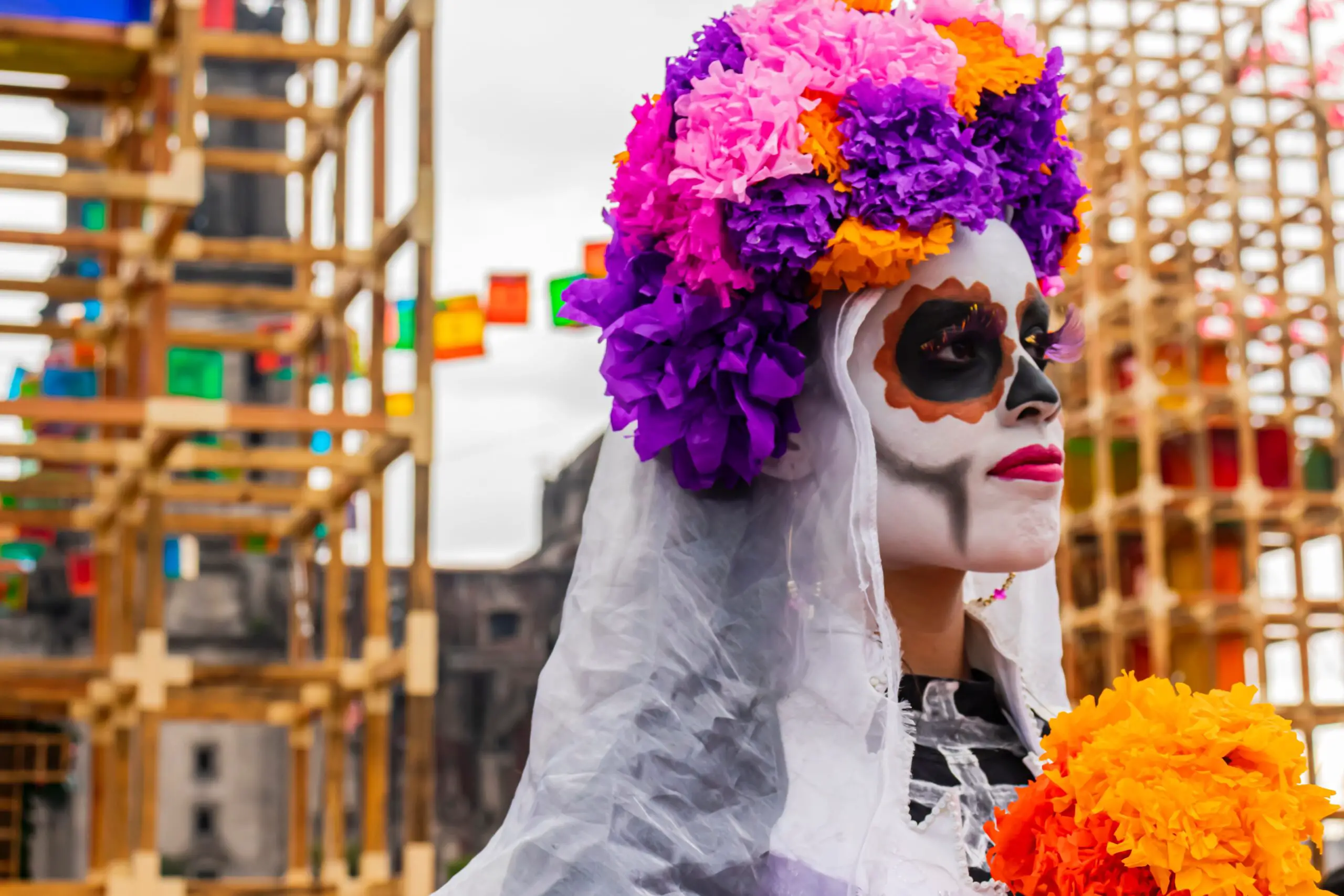Death is a topic that most people are not comfortable thinking about, let alone embracing. And while the majority of North America and the United Kingdom prepare for all of the secular and spooky goodness Halloween imparts on the festive masses, Mexico will be rejoicing in the spirit of the season by honoring deceased loved ones who are ready and able to visit the living on el Día de los Muertos.
The Conventional Side of the Day of the Dead
Traditionally, the Day of the Dead in Mexico occurs in conjunction with Catholic holidays – All Saints’ Day on November 1, and All Souls’ Day on November 2. It is believed to be the only time during the year that the living can make contact with dead family and friends, but instead of mourning their loss, death is confronted and their lives are honored. On November 1, people in various regions of Mexico remember and celebrate the souls of cherished children who have passed away. The next day, on the 2nd, the festivities continue to pay respect to adults who are deceased. Aside from the somewhat morbid theme of both Halloween and the Day of the Dead, the two holidays actually have very little in common.
Activities Honoring the Dead
While the particularities of the festivities associated with the Day of the Dead vary by region, a main theme persists in all activities which honor the dead – personalization. Family and friends gather to create altars enshrined with objects and artwork which recall the personality of the deceased beloved. Special poetry is written, often satirical, to recite for dead loved ones, and creativity is key. The works of poetry, along with ceremonial dances, are means of expressing the lighthearted side of death. However, on the more serious side of the holiday, vigils are held in cemeteries
The deceased are not the only souls who are put front and center on the Day of the Dead. In order to confront death by regarding it as a transition that is inevitable and nothing to fear, a special and famous edible concoction is created – candy skulls, known as calaveres de dulces. Yes, confectionary skulls made of sugar, chocolate, and amaranth are made and handed out to friends and family with their names on it. The idea is that the receiver of their candy skull can literally enjoy a sweet while figuratively consume their own death.
Though the Day of the Dead has a somewhat macabre association, it is truly a way of wishing the best for loved ones, both dead and alive, through creative expression over many days. Let the celebrations commence!

It’s not a matter of where, but when. Time is precious and my time spent living and experience the cultures of this world is what I lust for. This is why I created this website, to share true, genuine experiences and not just typical touristy info. Travel, the love of coffee, and food!
